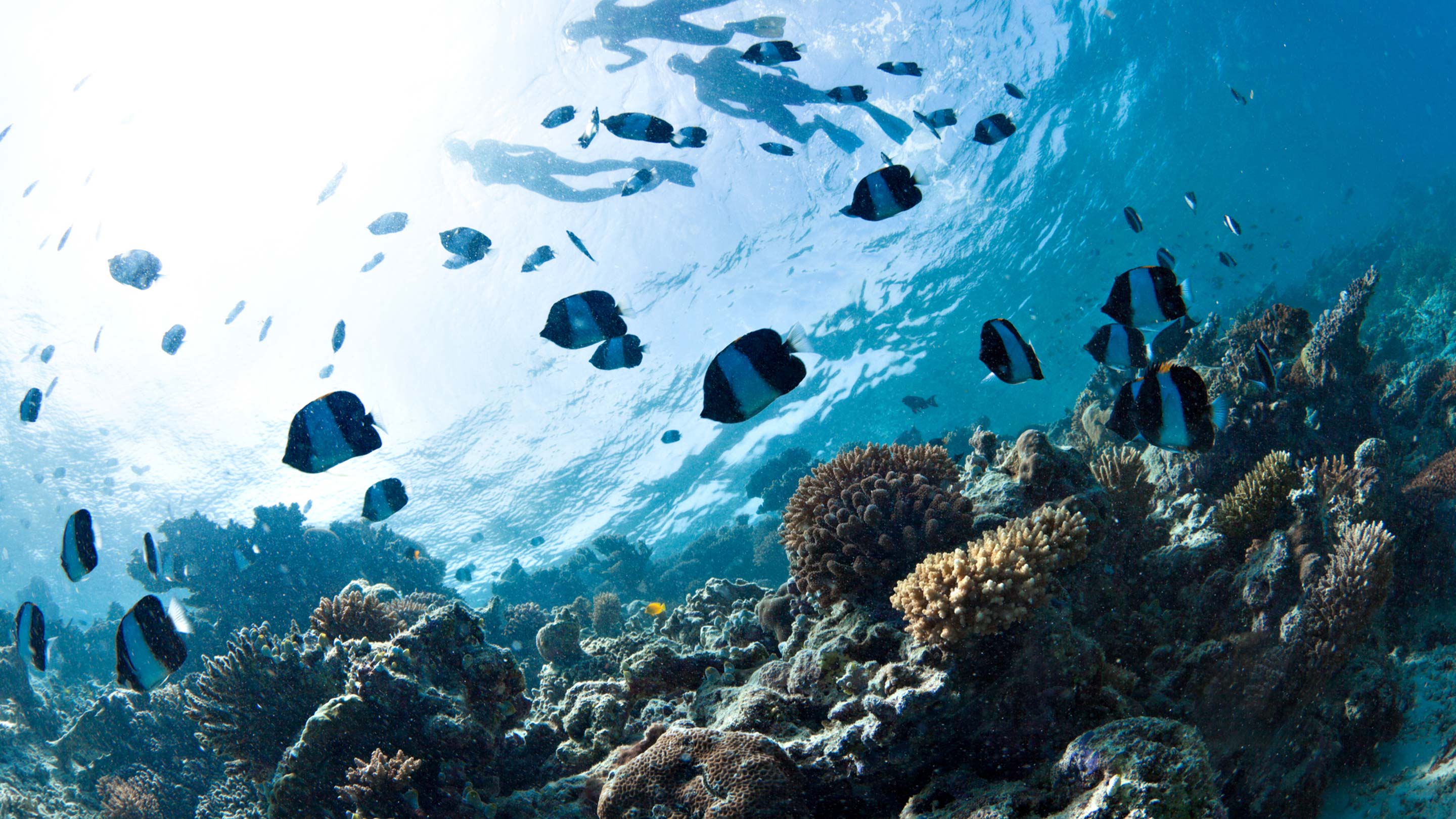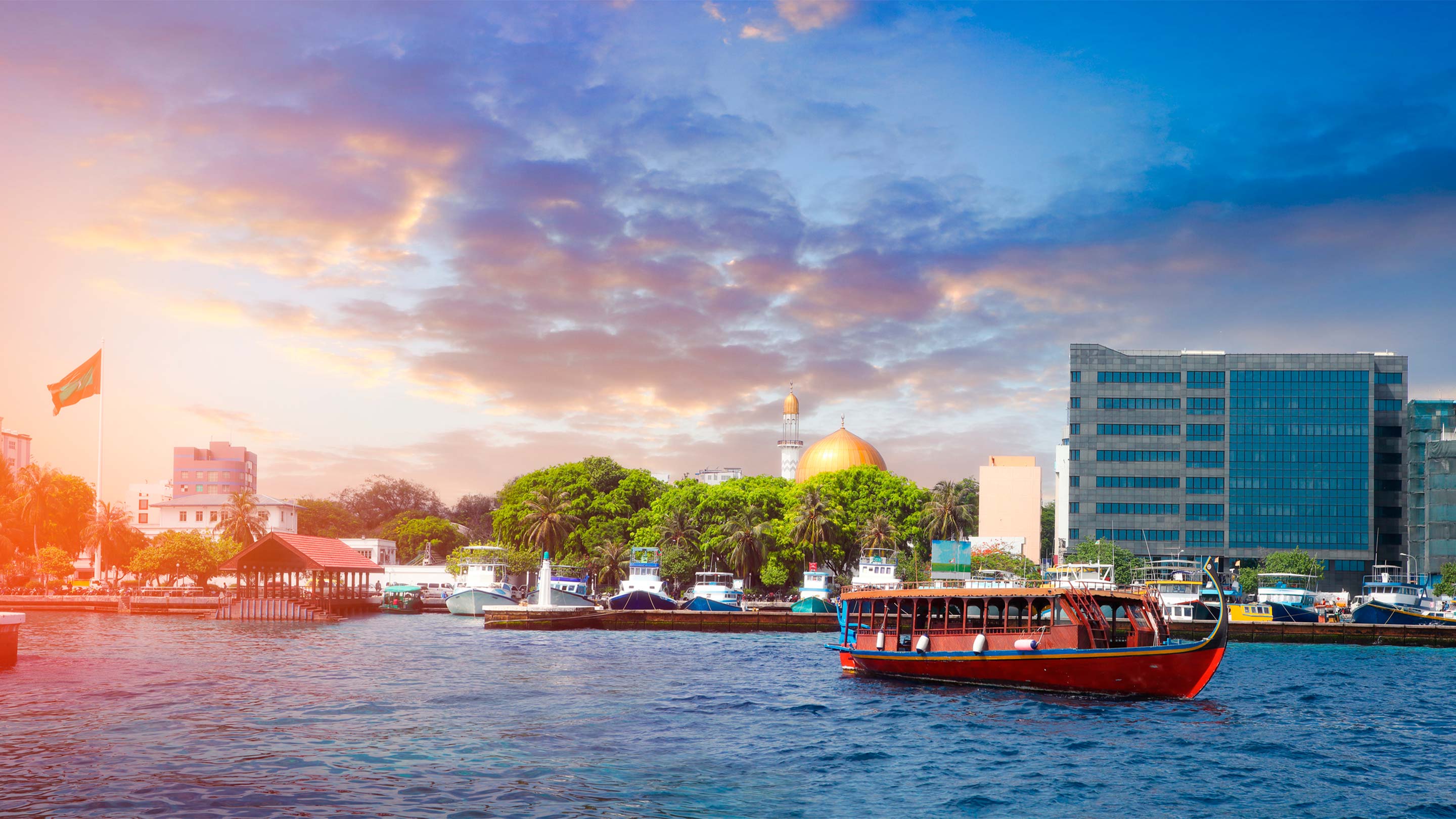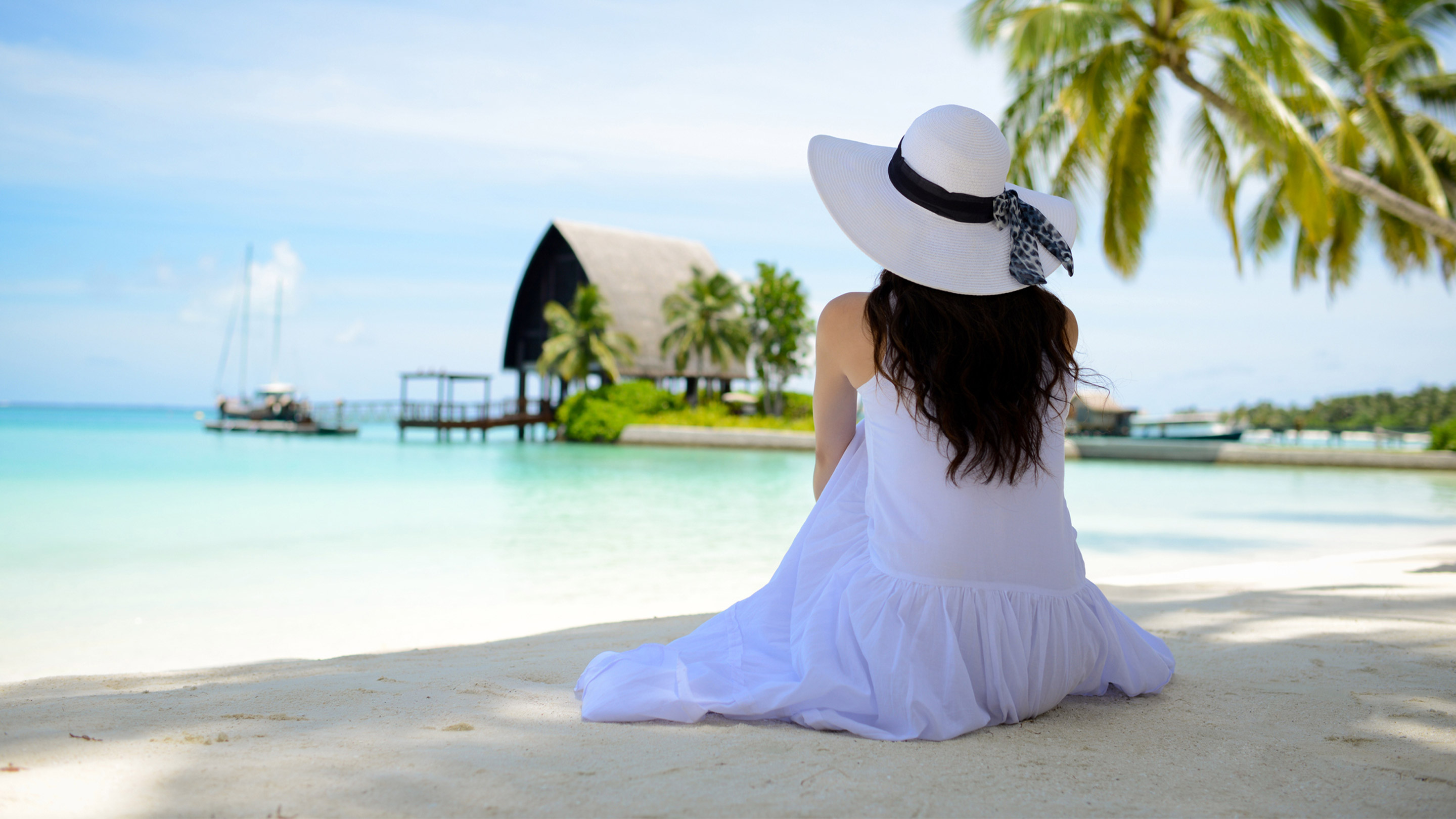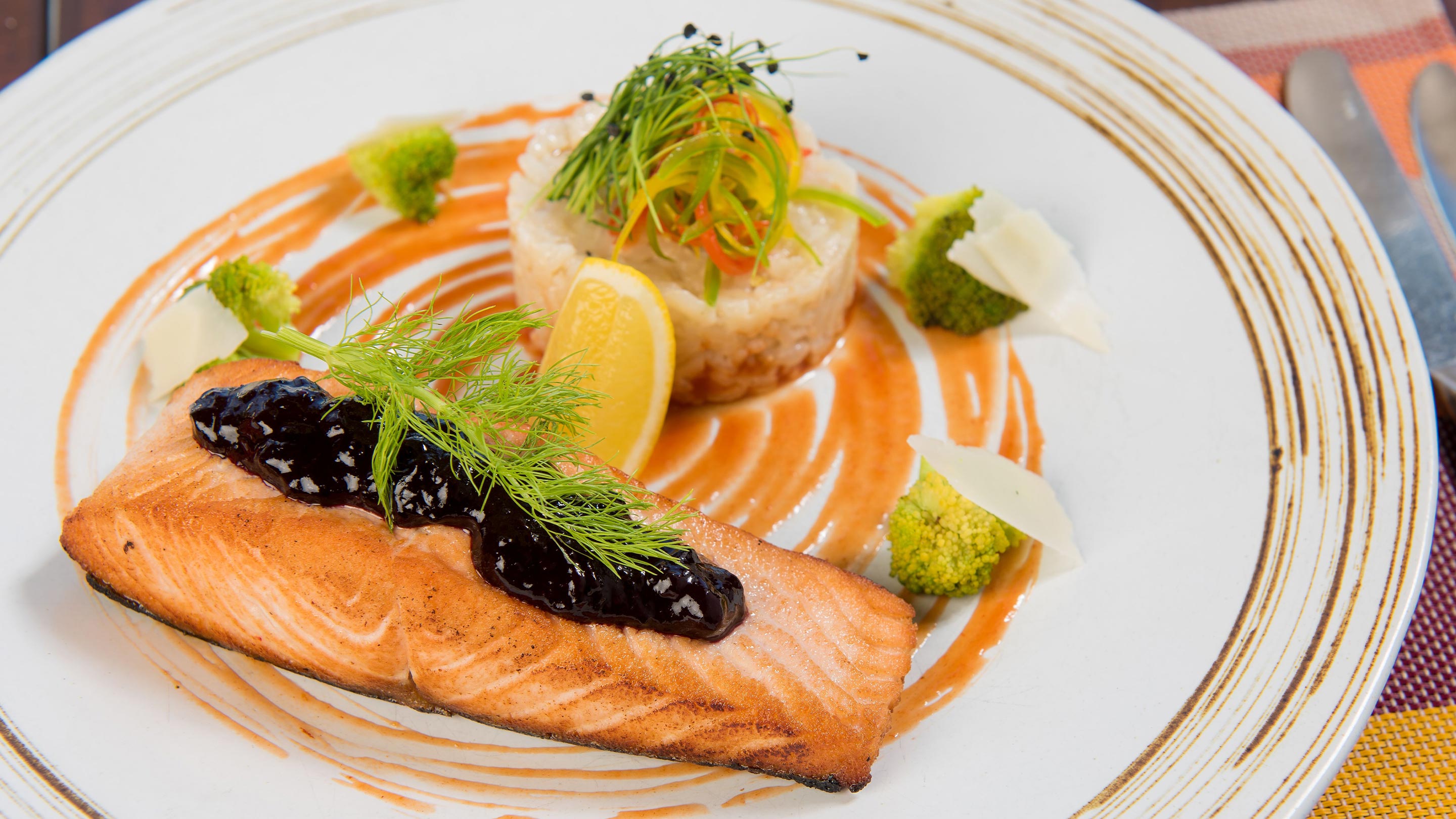The basics
Language: Dhivehi
Population: 531,000
Currency: Maldivian Rufiyaa
With over 1,000 islands scattered across a vast swathe of the Indian Ocean, the Maldives is the epitome of a castaway escape. Grouped into 26 atolls, the isles are a picture perfect mix of swaying palms, turquoise seas and dazzling white-sand beaches. Jewel-toned lagoons and vibrant reefs are fantastic for snorkelling and diving, with manta rays, turtles and spinner dolphins among many wildlife wonders.

Climate
Temperatures are a consistently balmy 25°C to 31°C year-round, with an average of around eight hours of sunshine each day. The tropical monsoon climate results in a wetter season from May to November, with peak travel season occuring in the dryer months of December to April.

What to do
It’s all about the ocean on a Maldivian escape. Take your pick from every kind of water-based activity imaginable, from kayaking and stand-up paddleboards to windsurfing or sailing. Go below the surface for face-to-face encounters with turtles and tropical fish, or take a boat trip to see how spinner dolphins earned their name. Failing that, simply take a dip from the beach or your over-the-water deck. However you choose, you’ll find that the water’s lovely.

Even those who prefer staying on dry land will have plenty of distractions. Take a trip to the country’s capital, Malé, for a glimpse into day-to-day life in the Maldives; check out the fish market, the great, golden dome of the Grand Friday Mosque, or the more historic Old Friday Mosque built entirely from coral-stone blocks.
What to eat
While Jumeirah Vittaveli offers all kinds of international cuisine, it’s worth seeking out some Maldivian favourites too. Tuna, coconut, cassava and breadfruit are essential staples, turned into dishes influenced by the flavours of Sri Lanka and India. Mas huni (a tuna and coconut salad) and garudiya (fish broth) are both eaten daily by locals, while kulhi boakibaa (fishcakes) and handulu bondibai (sweet sticky rice) are also popular.

Etiquette
As an Islamic nation, Maldivian communities are conservative, so visitors should dress modestly and behave appropriately when venturing beyond the resort. Though there’s no need for women to wear head-coverings in public, it’s good manners to respect local culture by revealing as little bare flesh as possible. Local men (but not women) can be greeted with a friendly handshake. When eating, it’s polite to only use your right hand (the left is considered unclean). Also bear in mind that while alcohol is sold inside resorts, it is prohibited outside of the hotels and resorts and will be confiscated by customs if you try to import it into the Maldives inside your suitcase.
What to pack
If you’re planning to spend all your time on the resort, you won’t need more than swimwear and light, summery clothing. Leave the dress shoes and heels at home to save space for flip-flops, sandals and a sun hat. Long sleeves are essential for visiting the Maldives’ inhabited islands, and lightweight waterproofs are sensible if you’re visiting during monsoon.
Inspired by our Maldives guide? If you’re planning a stay in the Maldives, the luxurious Jumeirah Vittaveli provides all you need to enjoy everything this beautiful South Asian country has to offer.
